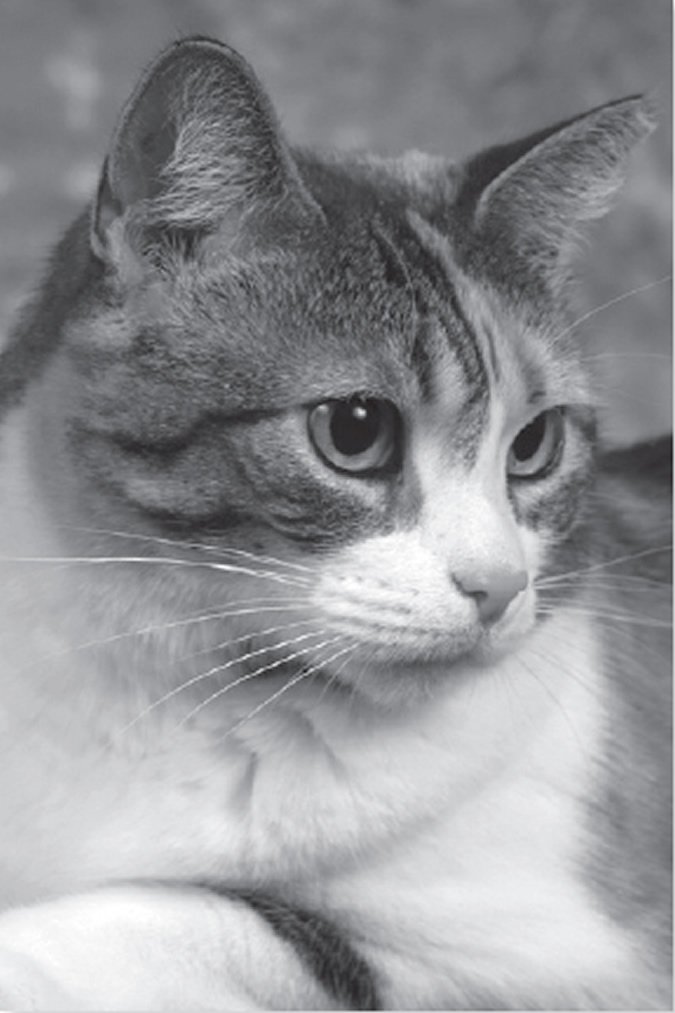

Q I have a domestic female kitty who turned 14 this month. I noticed several months ago that she began to walk with a slight limp in one of her hind legs. Some days are better than others, and she has become a bit quieter than in the past. Can you provide some advice?
A Thank you for contacting us about your kitty’s problem. Although it is difficult to pinpoint the problem from a distance, perhaps a few points would be helpful. Of course, the most important thing for you to do is to take her to her veterinarian for an examination as the first step in diagnosing and treating her appropriately.
Lameness in cats can result from a number of problems, most commonly affecting the musculoskeletal system. This system is comprised of muscles, bones, ligaments (which connect bones to bones) and tendons (which connect muscles to bones) articulated at joints. Injuries to any of these components of the musculoskeletal system can cause lameness.
A sprain is an injury to ligaments around a joint resulting from stretching or tearing secondary to acute trauma. Treatment usually involves the use of icepacks and anti-inflammatory medications to decrease swelling and rest, with gradual return to normal usage. It is important to note that anti-inflammatory medications should never be given without consultation with a veterinarian, as some of these medications (i.e., acetaminophen) are toxic to cats.
Ligaments can be partially torn or completely severed (ruptured) by sudden twisting/bending injuries to the joints. The most common ligament rupture in cats is of one or both of the cruciate ligaments in the knee. These ligaments stabilize the femur (thigh bone) and the tibia (shin bone) in their articulation, and rupture of these ligaments may result in instability of the knee, causing inflammation and lameness. The treatment of choice in cruciate ligament rupture is usually surgical repair, although injuries characterized by incomplete rupture may respond to more conservative therapy such as reduction of inflammation and rest.
Injuries to tendons can range from their being overstretched and partially torn to completely ruptured by sudden wrenching or twisting. Overstretched tendons are most commonly treated in a similar manner as ligament injuries. Torn and/or ruptured tendons may require surgery to repair them. depending upon the extent of the injury. It is important to consult with a veterinarian to determine the best treatment plan in the event of these more serious tendon injuries.
Bruises of muscles due to blunt trauma, overexertion or overstretching can also cause lameness and tenderness of affected muscles, and these types of injuries are most commonly treated with rest, cold packing, massage and, in some cases, physical therapy.
Another cause of lameness in cats that is being increasingly recognized is osteoarthritis (OA), a degenerative disorder that can result from age-related degeneration, injury, congenital joint abnormalities or other processes such as infectious diseases, cancer or autoimmune disease. In a recent study, 50 to 90 percent of geriatric cats showed evidence of OA. Treatment usually involves addressing the primary disease when possible while taking measures (i.e., cold packs and medication) to decrease associated inflammation.
Sometimes lameness may not be due to diseases of the musculoskeletal system at all, but may result from damage to nerves or to the formation of blood clots. These conditions often require prompt attention, and your cat’s veterinarian can provide guidance on the best treatment.
It’s important to note that massage and physical therapy may be of benefit to many cats with lameness, and I recommend that you discuss these options with the veterinarian.
I hope this is helpful. Please send our best to her, and keep in touch regarding her progress.
—Best regards, Elizabeth



